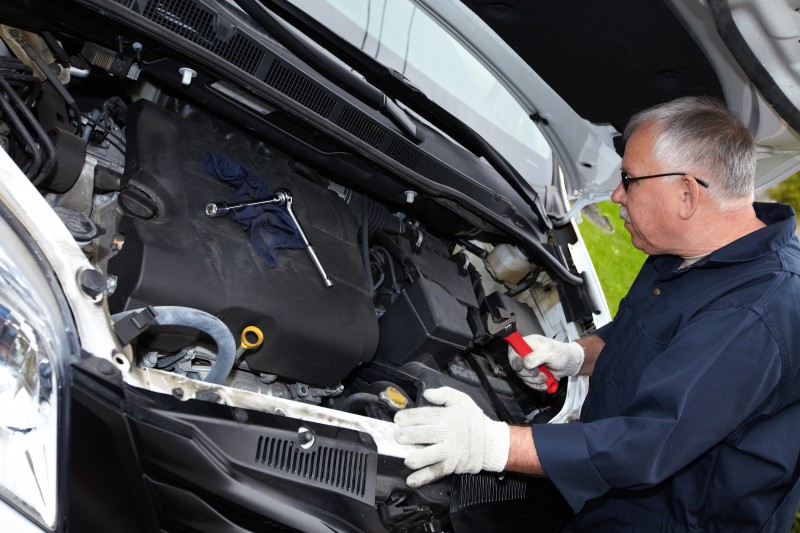When it comes to your engine, no system is more important to your car’s health and safety than the coolant system. Because your vehicle operates by burning fuel in controlled explosions, it’s vital that your cooling system is operating at peak efficiency. One part of the system that we’ll discuss today is the coolant housing. While sometimes this is referred to as the thermostat housing, the coolant housing is actually where the coolant is stored, to be pumped through to the engine, then to the radiator, and back to the engine. The coolant system can be relatively complex, so instead we’ll just focus on the coolant housing for now.
Types of Housing
There are two primary coolant housings: pressurized and non-pressurized. Depending on your vehicle, the cooling system will operate best with either system. In a pressurized system, the coolant housing pushes the liquid through the system at higher pressures, which will in turn keep the radiator full during operation. In this system, when the pressure gets too great (from the generation of steam), a valve will release coolant into the air. In this type of system, the coolant released does not get sucked back in and is instead evaporated. Thus, pressurized systems can require coolant refills more often than non-pressurized.
The biggest difference between the two systems is the fact that a non-pressurized system will recover the coolant expelled once released from the radiator cap. This overheated coolant will return to the reservoir to be reused once it has cooled down.
Care and Maintenance
Because your coolant system is continually operating, the coolant housing can undergo significant wear and tear. Thus, it’s imperative not only that you maintain a proper amount of coolant at all times, but that you check all of your pipes, gaskets, and valves to make sure that they are not cracked or leaking. A leak in your coolant housing can have an adverse effect on your engine as it will not be cooled down properly, which will damage it in the long term.
If you need a replacement coolant housing, or if you’re not sure about the status of your coolant housing, visit MotoRad who can help you figure out what your coolant needs are. All of our housings are top-rated and meet all state and federal guidelines.








